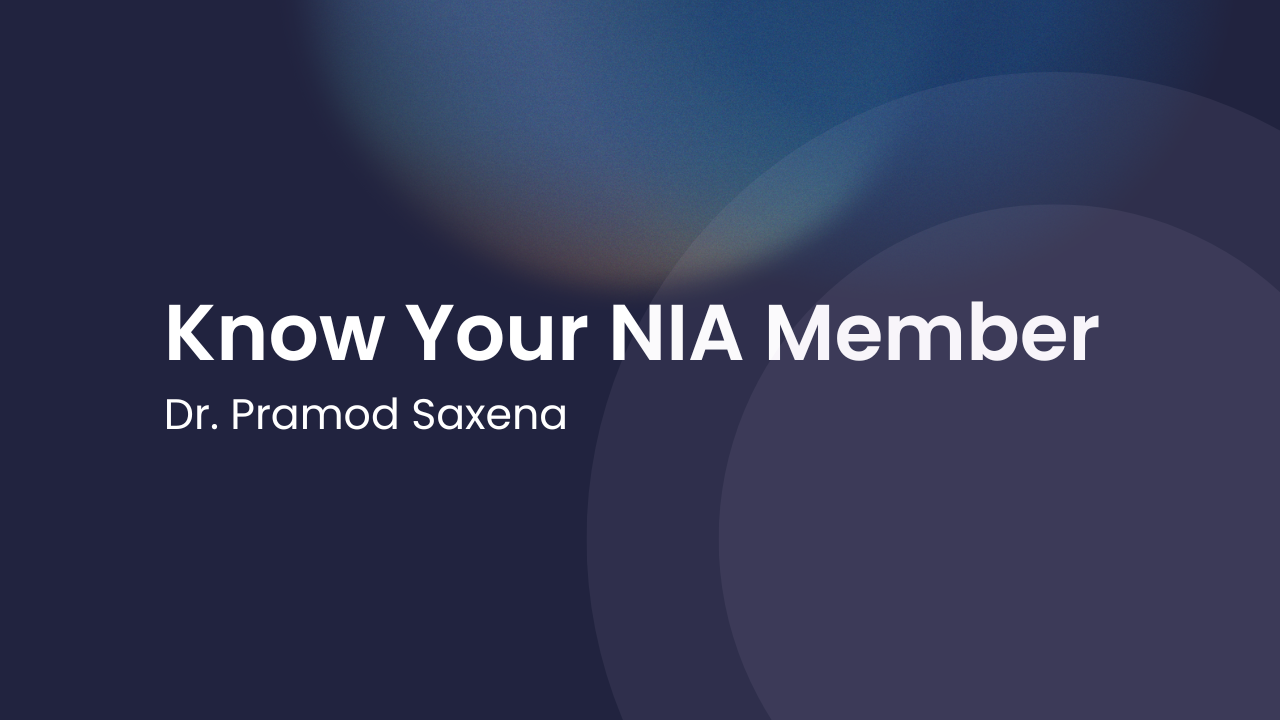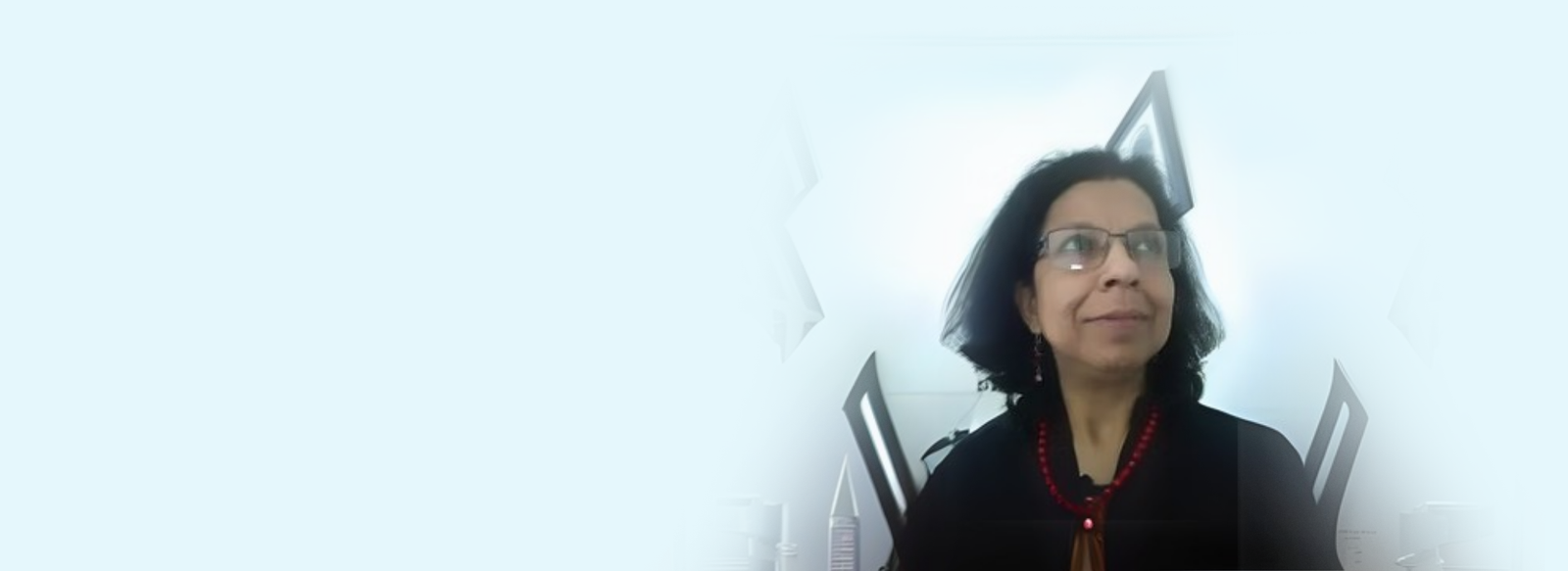
Know Your NIA Member
Gerda Theuns-de Boer
Loyal member of NIA from last 40 Years
Introduction
In the summer of 1977, at the age of 22, a life-changing event took place. The India man Adventurer travel starting from Istanbul set off, for a six week overland journey to Delhi by bus with an international group. It fitted precisely in my teaching-free period. I had prepared rather well: data taken from books, tourist information folders, and embassy materials, all condensed into endless summaries. And with my new friend, the first mirror reflex camera, I documented many cultural highlights and scenes of everyday life between the Aya Sophia and the Taj Mahal. Once back home I faced a problem: documenting the always intriguing ‘otherness’ was one thing, but what about the vast world of ideas behind all things seen? In 1983, encouraged by my husband and beloved friend Sanjukta Gupta (Gombrich), I started my academic education at Utrecht University, specialising in the arts, archaeology and material culture of South-and Southeast Asia: focus India. From day one onwards, I felt so happy!
Association with NIA and the Indian Diaspora
In 1991 we moved to Leiden where I was offered a job at the Kern Institute library (Leiden University), where also Marianne Oort worked. It’s through her that we became family member of NIA. The lively cultural meetings with Indian and Dutch members always feel like a warm blanket, with delicious Indian food to spice us up. Indian entrepreneurs, academics, embassy staff, mixed marriage couples, people interested in India, all share the love for India, my second home country.
Through NIA and the work at the Kern Institute, connections with the Indian embassy were close. As the manager of the institute’s famous (art) historical photo collection between 1998 and 2010, I always prepared a welcome exhibition for new ambassadors to showcase our splendour, whereas colleagues focused on early sources such as early printed books on India, illustrated palm leaf manuscripts and inscriptions. The longstanding multifarious relations between India and the Netherlands and the wealth of Indian culture in Dutch museums, inspired two Indian ambassadors, the Excellencies N. D. Sambharwal (2008) and V. Rajamony (2019), to each publish a volume on the rich intercultural relations, to which both I contributed.
Joining the executive board of NIA was a natural step for me. In 2012-2016, we as a team initiated Indian Independence Day celebrations at supra regional level, seeking collaboration with other partners. The classic celebrations of King’s Day and Sinterklaas represented the touch of Dutch, whereas new outdoors activities, including Keukenhof and sport events, proved to work. Reaching out for a broader public also included designing a new website and full incorporation of social media. Together with personal friend and board member Suman Korenhof-Taneja, we established a modern framework for a new website for NIA.
Achievements
I am proud of my work on the digitization of the Kern Institute’s photo collection that also opened doors at the Netherlands Embassy at New Delhi and led to exhibitions in India. This was also due to an article in the International Institute of Asian Studies Newsletter (IIAS) dealing with Professor Jean-Philippe Vogel, the founder of the Kern Institute, being the only Dutchman to ever work for the Archaeological Survey of India (1901-1912). Contacts resulted in an exhibition with 80 early original photos in the National Museum of India in New Delhi in collaboration with the National Museum Institute (2008). The draft concept for the exhibition and the catalogue on Vogel’s Indian period was approved in 2007 by Ambassador Eric Niehe and Hans Schütte, who both became NIA members. In 2012 an exhibition in Leh (Ladakh) followed. In 2018, again thanks to the generous support of the Netherlands Embassy, the National Museum Institute and I organized the international conference Cosmopolitan Kalamkaris, Crafting Connections through 17th-century Figural Fabrics. A highly interesting topic in which the love for textiles and early cultural interactions between India and the Netherlands fully merge.
Advice
In recent years, the Indian population in The Netherlands has increased to ca. 57.000, but most Indians will stay here for about 6 years. Still, it is absolutely worthwhile to connect as right now, we all face the limits of contacting through digital media only. It is through welcoming, personal meetings that bonds between the Dutch and Indians become tangible, with NIA as an important actor. It is through activities both at niche and broad-scale level that we will truly connect.
Gerda Theuns-de Boer – Let’s turn intercultural relations into a feast










































